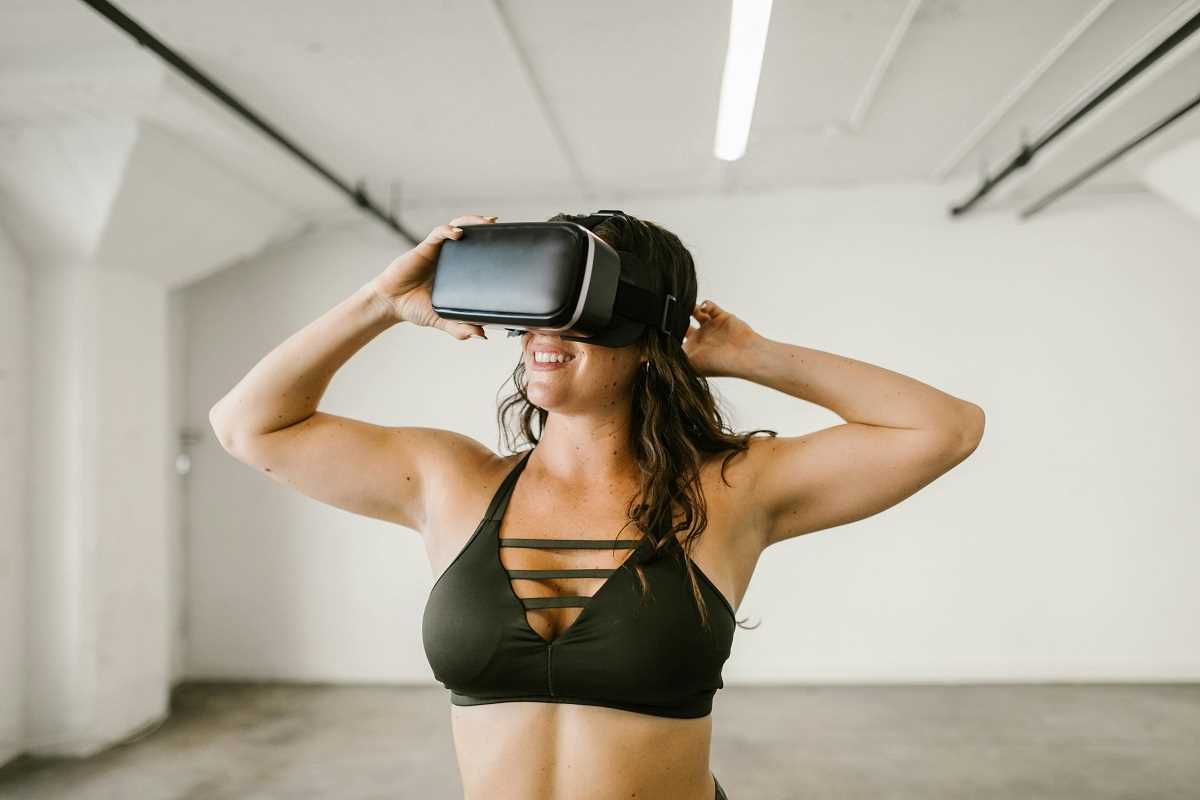Virtual reality (VR) has redefined the way we think about sports training and fitness. For athletes, it’s become a revolutionary tool for sharpening skills, improving decision-making, and experiencing real-game scenarios without stepping foot on the field. But it’s not just for professional players. Everyday people are tapping into this cutting-edge technology for fitness, skill-building, and even stress relief, making VR a versatile addition to modern life. Here's how VR is transforming sports and how you can incorporate it into your routine.
Virtual Reality in Sports Training
Sports training has always centered on practice, repetition, and preparation. Traditional methods work, but they have limits. VR takes training to the next level by creating immersive situations that mimic real-life experiences. This lets athletes refine techniques, increase their mental focus, and perfect their game in a controlled, risk-free environment.
High-Pressure Simulations
Game-day pressure can be daunting. VR allows athletes to rehearse these make-or-break moments in a way that feels real but without the associated risks of actual gameplay. Take football, for example. NFL teams are using VR platforms like STRIVR for quarterbacks to practice analyzing defensive formations in a lifelike setting. It’s all about conditioning their minds to stay calm and make quick, accurate decisions.
Basketball players use similar VR systems to refine buzzer-beater shots or free throws. Having the ability to experience those nail-biting moments during practice helps build confidence and composure for when it matters most.
Perfecting Technique Through Repetition
VR is also great for focusing on the technical aspects of sports. Athletes can repeat drills over and over without wearing themselves down physically. This becomes especially useful in sports like tennis, golf, and soccer.
For golfers, VR platforms such as Golf+VR provide real-time feedback on swing mechanics. Instead of spending hours on a driving range, players can refine their form in a virtual environment that analyzes their grip, stance, and follow-through. Similarly, soccer players can work on their shooting accuracy or free-kick strategy minus the need for fields or ball retrieval.
Injury Recovery and Prevention
One of VR’s game-changing features is how it helps injured athletes stay in the game mentally while they recover physically. Injuries are frustrating, but VR can simulate movements and allow athletes to mentally rehearse gameplay without risking re-injury. Skiers and snowboarders, for instance, are using VR to rebuild confidence by virtually navigating slopes as part of their rehab process.
Additionally, VR can pinpoint biomechanical errors that lead to repetitive stress injuries. By analyzing and improving movement patterns, athletes can avoid long-term issues before they start.
Real-Time Analytics for Better Performance
Imagine being able to see yourself playing from a coach's perspective or analyzing your stance and angles in slow motion. VR does just that, giving athletes tailored performance insights that are difficult to identify during normal training sessions. By merging data and visualization, players can get actionable advice to fix weak spots and experiment with new techniques.
How VR Can Help Everyone
You don’t need to be a professional athlete to benefit from VR. With advancements in affordable VR systems, this game-changing tech is more accessible than ever. Whether it’s to improve fitness, learn a new skill, or relax, VR has something for everyone.
Transforming Fitness
One of the standout features of VR is how it turns boring workouts into fun, immersive experiences. No more dreading the treadmill or forcing yourself through repetitive gym routines. VR fitness games like Beat Saber, Supernatural, and FitXR provide high-energy activities paired with entertainment. Moving your body becomes second nature when you’re dancing or slashing virtual obstacles with glowing bars.
What makes VR fitness stick isn’t just the fun factor. It’s the fully immersive environment that distracts you from feeling fatigued while challenging you more than a typical workout. Plus, many apps track calories burned and other metrics to help you measure progress.
Exploring Sports from Home
VR lets you dabble in sports you may have never tried otherwise. Golf, boxing, tennis, skiing, and countless other activities are now possible from the comfort of your living room. With apps like Eleven Table Tennis, The Climb, and Virtual Sports, anyone can pick up a sport without needing expensive equipment or access to specialized facilities.
For golf enthusiasts, VR allows you to practice swinging in a virtual course, complete with realistic terrains and wind conditions. Aspiring boxers can lace up in apps like Thrill of the Fight to build their skills without visiting a gym. The possibilities stretch across tons of sports and don’t require years of expertise to enjoy.
Skill-Building Without the Intimidation
Have you always wanted to try a new skill but felt overwhelmed in a public setting? VR removes that intimidation by letting you learn in private. For instance, VR dance programs like Dance Central can teach everything from basic moves to full routines, letting you practice until you feel confident enough to hit the dance floor.
If you’re into tactical sports like archery or shooting, VR has incredibly realistic simulators for refining your aim and form. And for those learning new physical skills, the immediate feedback VR provides streamlines the learning process.
Relieving Stress
On top of physical benefits, VR excels at mental wellness. Stress relief apps like TRIPP and Relax VR transport users to calming, immersive experiences, whether it’s meditating on the beach or floating in a peaceful canyon. These applications use virtual environments to ground you and help ease your mind, much like guided meditation—but with a visual flair.
Performance under pressure isn’t just a sports problem, and visualization techniques pioneered for athletes can benefit everyone. Using VR to practice staying calm in high-stress environments can improve your focus and help you manage anxiety.
Fun for All Ages
You don’t need to be young or in peak physical condition to enjoy and benefit from VR. Seniors are using VR for light cardio workouts, mobility exercises, and even brain-stimulating games. Systems like Wii Sports paved the way, but modern VR tech takes those simple concepts to new heights.
Older adults might enjoy applications like Walkabout Mini Golf or VR hiking, which combine gentle physical activity with engaging visuals. It’s fitness that doesn’t feel like work, making it a great solution for staying active at any age.
What's Next for VR in Sports?
Future advancements may integrate VR with wearables or AI-coaching platforms, allowing for fully personalized experiences tailored to your fitness level and goals. Imagine creating custom gamified routines that cater specifically to your needs, keeping you motivated for years to come.
For athletes, VR could one day offer simulations for even more specialized scenarios, from Olympic sports conditions to managing hostile crowds. And for everyday users, it might bridge the gap between fitness and gaming to create an entirely new category of health-focused fun.
 (Image via
(Image via





